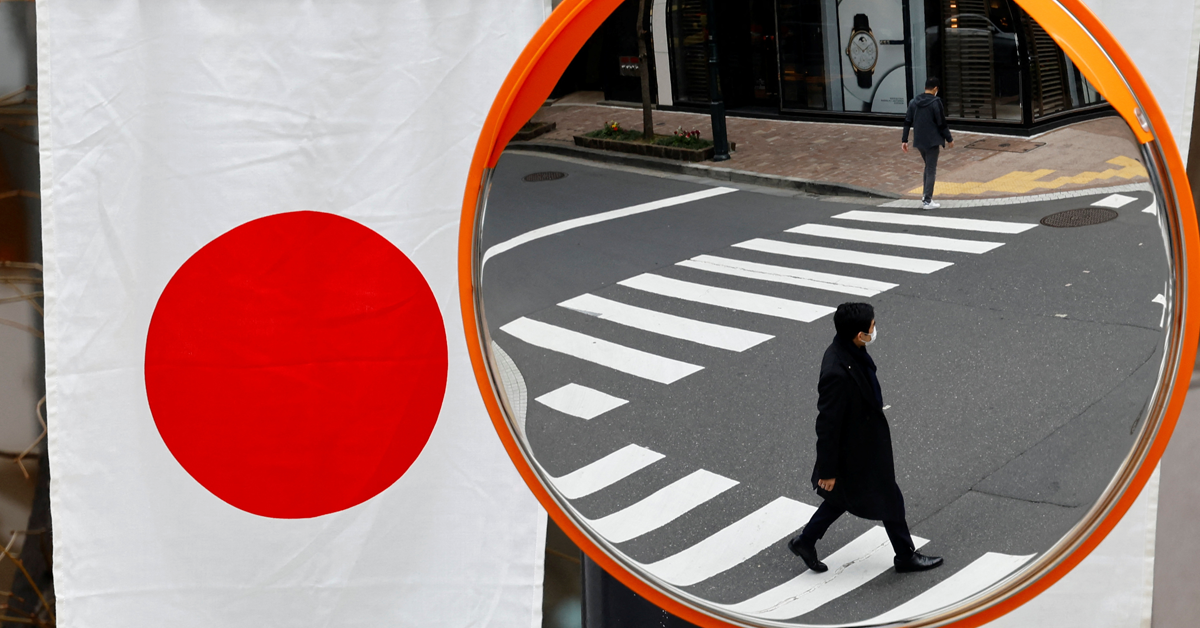Japan’s Economy Falters, Impacting BOJ Rate Hike Plans
Japan’s economy contracted more sharply than anticipated in the first quarter, exacerbated by the ongoing weakness of the yen, which has put significant pressure on consumers. This presents a fresh challenge for the Bank of Japan (BOJ) as it attempts to move interest rates further from near-zero levels.
Preliminary gross domestic product (GDP) data from the Cabinet Office revealed a 2.0% annualized decline in Japan’s economy for January-March, exceeding the 1.5% drop forecasted by economists in a Reuters poll. This follows a barely perceptible growth in the fourth quarter of 2023, primarily due to downgraded capital expenditure estimates.
Despite the potential for heavy revisions in the final release of capital spending data, the across-the-board declines in all GDP components indicate a lack of major growth drivers in Japan’s economy during the first quarter. This scenario could cause the BOJ to reconsider the timing of future rate hikes, especially given its recent move in March to raise interest rates for the first time since 2007, with intentions to continue tightening policy.
Economist Yoshimasa Maruyama from SMBC Nikko Securities noted that the timing of rate hikes could be delayed depending on how the GDP rebounds in the current quarter. While rising wages are expected to spur economic recovery, uncertainty remains around consumption in the service sector.
The latest GDP data translates to a quarterly contraction of 0.5%, slightly worse than the 0.4% decline predicted by economists. Revised figures for the first quarter will be released on June 10.
The weak yen has created a dual-speed economy in Japan. While the export and tourism sectors benefit from a more competitive exchange rate, households and small businesses are burdened by inflated costs of imported goods. This situation complicates the BOJ’s decision on whether to maintain or unwind its monetary stimulus.
Daiwa Securities’ chief economist Toru Suehiro pointed out that the adverse effects of a weaker yen are becoming a significant concern. While real wages are expected to turn slightly positive in the latter half of the year, they are not projected to rise sharply due to the continued depreciation of the yen.
This year, Japan’s large businesses implemented the biggest wage hikes in three decades, which the BOJ sees as a necessary condition to end decades of radical monetary stimulus. However, households have been tightening their spending as price increases outpace wage gains, reducing their real incomes and purchasing power.
Private consumption, which makes up more than half of the Japanese economy, fell by 0.7%, more than the anticipated 0.2% drop, marking the fourth consecutive quarter of decline—the longest streak since 2009.
Economists remain hopeful that the first quarter’s weakness is temporary and expect that the drag on growth from factors like the Noto earthquake and the suspension of operations at Toyota’s Daihatsu unit will dissipate. However, persistent yen declines and potential spikes in crude oil prices due to the Middle East crisis remain threats to the recovery.
Capital spending, a crucial driver of private demand, fell by 0.8% in the first quarter, against an expected 0.7% decline, despite robust corporate earnings. External demand, defined as exports minus imports, subtracted 0.3 percentage points from the first-quarter GDP estimates.
Policymakers are currently relying on significant pay hikes and planned income tax cuts to boost consumption and avoid a return to deflation. Maruyama suggests that rate hikes or cuts in bond purchases could mitigate the negative impacts of yen weakening, potentially leading to income gains that could fuel consumption. However, if consumption remains weak, raising rates would be challenging.












